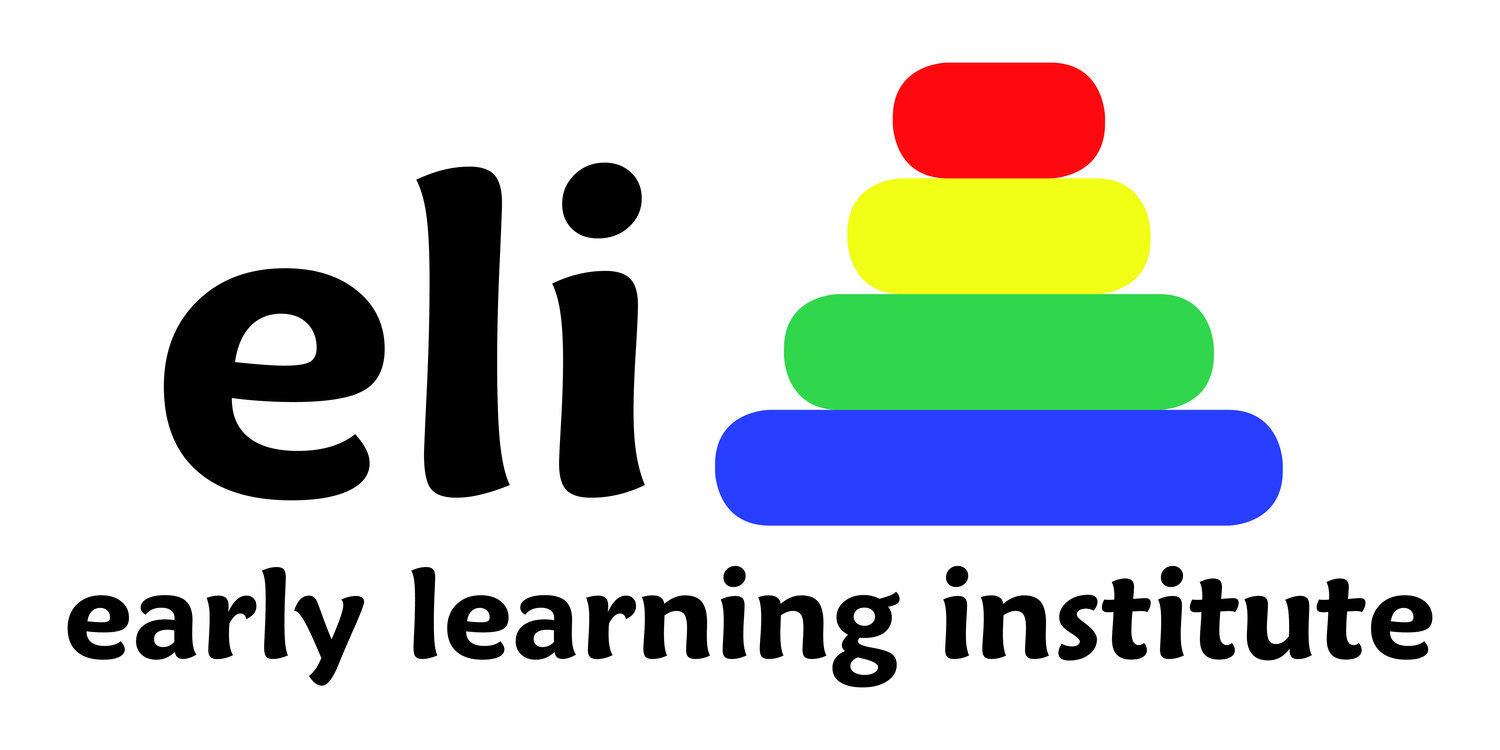
Home Visit Program
This is one of the core programs of the Early Learning Institute. This program’s basic service is a once a week home visit to the child and his/her family in the natural environment. This is most frequently the home, but can be a childcare, community group, a relative’s home, or a variety of other settings. The purpose is to provide developmentally appropriate activities that will help to promote optimal developmental growth for the child. The activities are designed and carried out by a team that includes the parents or primary caregivers for the child. The child and family participate in a developmental evaluation that is the bases for the activities. These programs, called Individual Family Service Plans (IFSPs), are updated and changed at least every six months. The basic principles are that children learn through play, and the family is the first and best teacher of children. Early Intervention Specialists team up with parents to address children’s development in all areas. Families also receive guidance and support about parenting issues and other important concerns.
Who is served? How do they qualify?
The children in this program are ages 0-3 and have been identified as having a developmental delay, or disability, or are at risk for developmental delays. Most children go on to a school-based program at age three, but a few are followed until there is an appropriate program available. Some children do graduate early because they no longer are considered at risk, and do not demonstrate delays. The identification involves some type of developmental evaluation or a definite diagnosis that indicated a high risk for developmental delays.
Early Interventionists, Therapists and Educational Assistants. The ELI staff are professionals with a degree in education, early childhood education, special education or related field, or are licensed professionals, such as nurses, speech pathologist, physical or occupational therapist. The educational assistants work directly under the supervision of a professional staff person. Oversight of this program is provided by the Bilingual Program Manager, Director of Bilingual Services and ultimately, the Clinical Director.
Funding
Early Start Home Visiting and Therapeutic Group Programs are a free to families, with funding coming through North Bay Regional Center. Early Start is “Part C” under the federal Individuals with Disabilities Education Act (IDEA) and is an entitlement program in California, through the Lanterman Act. Funding to implement Early Start across California is included annually in the Ca State budget, with federal funding contributing to it as well.


